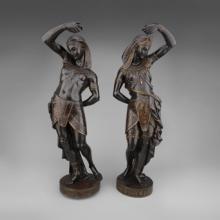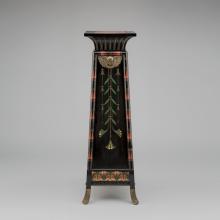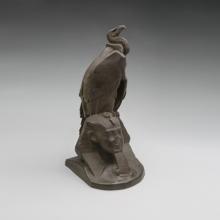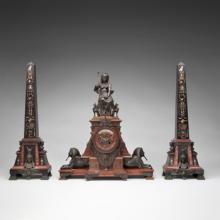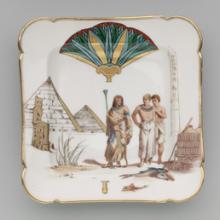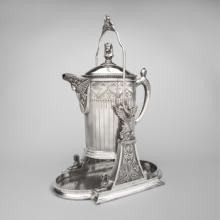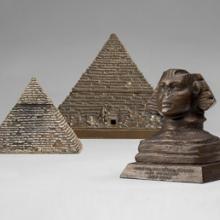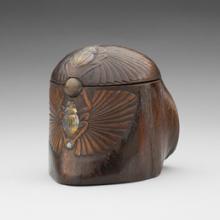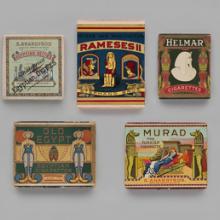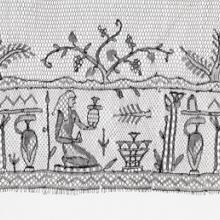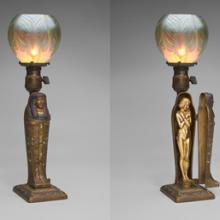Egyptian Revival: An Everlasting Allure
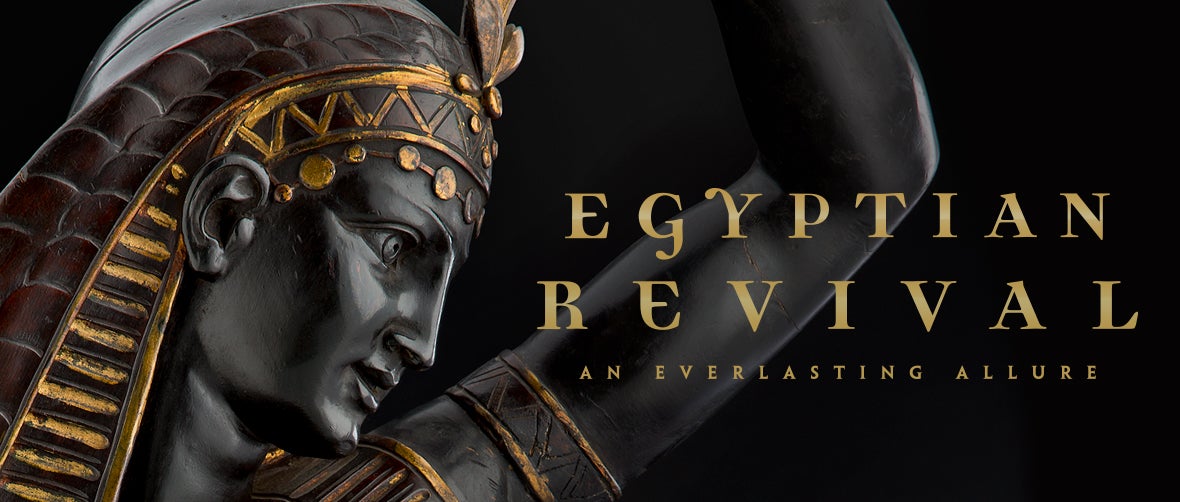
International Terminal
Egyptian Revival: An Everlasting Allure
Egyptian culture first enchanted the West when Cleopatra captured the hearts of legendary Romans Julius Caesar and later Mark Antony more than two thousand years ago. Before long, Rome incorporated Egypt into its empire (31 bce). Obelisks, Egyptian-style architectural elements, and sculpture inspired by such figures as the Egyptian deity Isis, emerged in Rome. Centuries later, Napoleon’s Egyptian campaign (1798–1801) ignited an inextinguishable fascination with ancient Egypt. Numerous scholars and artists accompanied Napoleon during his expedition to record the sights and discoveries of this mystifying land. As a result, the first volumes of Description of Egypt (Description de l'Egypte) were published in 1809. The large tomes contained mesmerizing folio prints of Egyptian architecture and antiquities never seen before.
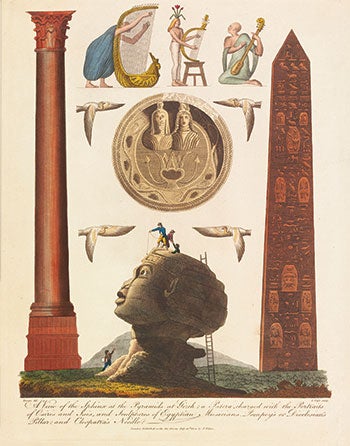
A number of other significant events contributed to the West’s fascination with Egypt, particularly in the early 1800s and again in the later part of the century. In 1822, French scholar Jean-François Champollion deciphered hieroglyphics when he translated the Rosetta Stone. Obelisks were transported from Egypt and raised in Paris, London, and New York. In 1869, the Suez Canal opened in Egypt, connecting the Mediterranean and Red seas. A number of world’s fairs included Egyptian displays. Archaeologists and scholars continued to publish numerous accounts of their discoveries in Egypt throughout the century. Theater productions, such as the highly acclaimed opera Aida, set in ancient Egypt, debuted in Cairo in 1871 and New York in 1873.
This novel exposure to Egypt inspired Egyptian Revival. The design style permeated Western decorative arts, furniture, jewelry, architecture, commemorative, and funerary monuments. Egyptian-inspired designs provided an exotic alternative to other fashionable styles of the period. Obelisks, hieroglyphs, sphinxes, pyramids, scarabs, and lotus blossoms were popular motifs. Imagery was construed and adapted in different ways, from literal interpretations to fanciful artistic motifs.
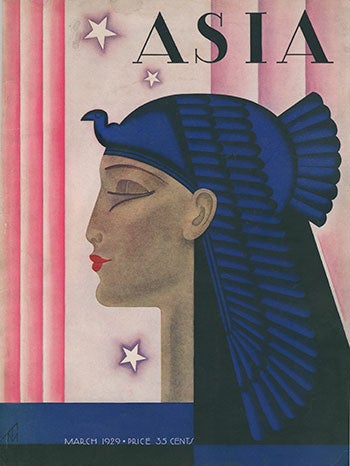 In 1922, Howard Carter’s discovery of King Tutankhamun’s tomb and the extensive artifacts uncovered with it sparked renewed enthusiasm for all things Egyptian. Ancient Egypt influenced everything from commercial buildings, movie theaters, and films, to clothing, mass-produced items, and advertisements. Decades later, in the 1970s, world tours of the treasures of King Tutankhamun’s tomb prompted another wave of what scholars often refer to as “Egyptomania.” No other ancient civilization has captivated the Western world in quite the same manner. The public’s love of ancient Egypt remains eternal.
In 1922, Howard Carter’s discovery of King Tutankhamun’s tomb and the extensive artifacts uncovered with it sparked renewed enthusiasm for all things Egyptian. Ancient Egypt influenced everything from commercial buildings, movie theaters, and films, to clothing, mass-produced items, and advertisements. Decades later, in the 1970s, world tours of the treasures of King Tutankhamun’s tomb prompted another wave of what scholars often refer to as “Egyptomania.” No other ancient civilization has captivated the Western world in quite the same manner. The public’s love of ancient Egypt remains eternal.
This exhibition features one hundred years of Egyptian-inspired objects from nineteenth-century mantel clocks to ornate Victorian table stands and Art Deco beaded purses. Jewelry, sculpture, and silver are some of the many other items on display inspired by ancient Egypt.
Special thanks to Allen Michaan of Michaan’s Auctions and all of the other lenders for making this exhibition possible.
©2015 by the San Francisco Airport Commission. All rights reserved.
